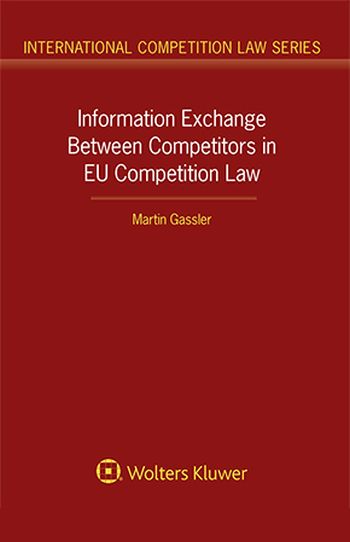
Information Exchange Between Competitors in EU Competition Law is a pioneering book furnishing in-depth analysis on the challenging topic of EU competition law. Competing firms often exchange information to make more informed market decisions which can help to overcome market inefficiencies. However, an abundance of legal and economic research as well as case law has shown that information exchange may also enable firms to engage in collusion more readily and sustain it longer. This all-inclusive book focuses on ‘pure’ information exchanges – exchanges that are not ancillary to a broader pro-competitive or anticompetitive conduct – and thoroughly explains the characteristics of such information exchanges, their pro-competitive and anticompetitive effects and discusses all the relevant legal aspects for their assessment. The author offers a robust analytical framework for assessing information exchanges under Article 101 TFEU, focusing on the risk of collusive outcomes and types of information exchange that are particularly harmful.
What’s in this book:
Emphasising the leading cases on information exchange, the analysis surveys the most vital aspects for assessing information exchange between competitors, in particular:
The book provides clear guidance on how to identify and thus distinguish information exchange that restricts competition by its object and information exchange that restricts competition (only) by its effects. It offers practical solutions to some of the perceived issues when assessing information exchanges.
How this will help you:
With a dearth of other available sources, this brief yet extensive review of a much-debated topic in competition law lends clear guidance to practitioners in assessing the issues surrounding information exchange. The book will also prove to be invaluable to competition law academics, competition lawyers and competition authority officials across Europe.